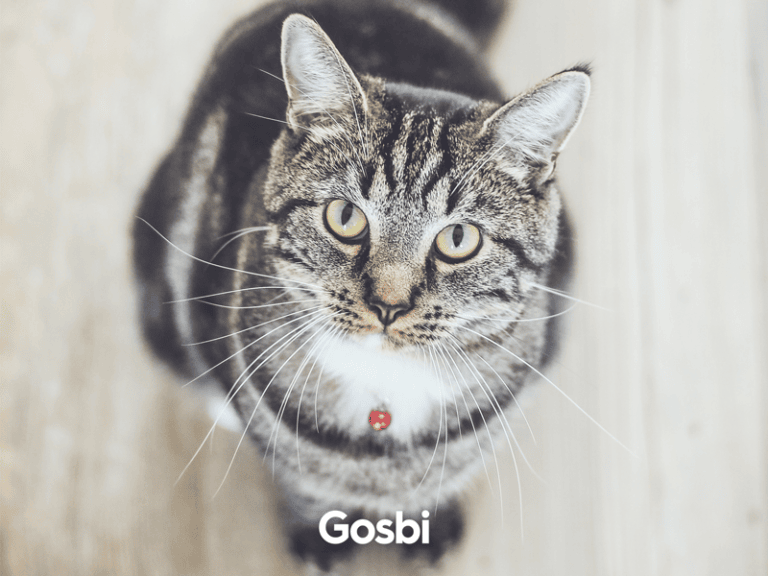Cats have their own language; in this article we will explain what your cat is trying to say at different times.
FACIAL EXPRESSION
Cats have a lot of muscles in their faces which allows them to be very expressive. The infograph below explains the meaning of some different expressions.
SOUNDS
Some cat breeds are more talkative and others less so. What’s clear is that the more you talk to them, the more chance you have of establishing a system of communication.
MEOWING:
Post-coital: Cats meow loudly after mating, it sounds like a baby crying.
Hunger/Attention: Short, quick meows
Sadness: If your cat is meowing more than usual and also shows symptoms like reduced appetite or being more distant or less affectionate…he might be sad. If he is not getting enough affection, you can give him some. You can also give him toys or put him in a room with a window. If it’s because he’s unwell, take him to a trusted vet.
PURRING:
Recognition: Since it is related to pleasure, just recognising his human (without even touching you) might make him purr.
Pleasure: When he’s very comfortable.
Anguish due to illness: Occasionally, when your cat is ill and lying down he may purr. When he was a kitten and purred to call his mother.
Yawning
Your cat is relaxed.
Growling and snorting:
Cats growl and snort to scare away their adversaries.
NUDGES OF THE HEAD
These show affection and look for affection in return
SMELLING AND RUBBING
Cats have the Jacobson’s organ (located in the ceiling of the mouth, behind the teeth and which is connected to the nasal cavity) which allows them to understand their surroundings through smells. To mark their territory they tend to rub against things they want to mark as their own or to tell other cats they have been there. They also use urination to mark their territory.
Below you will find a very interesting infograph from Sainsbury that will serve as a visual guide to what your cat is trying to say.
